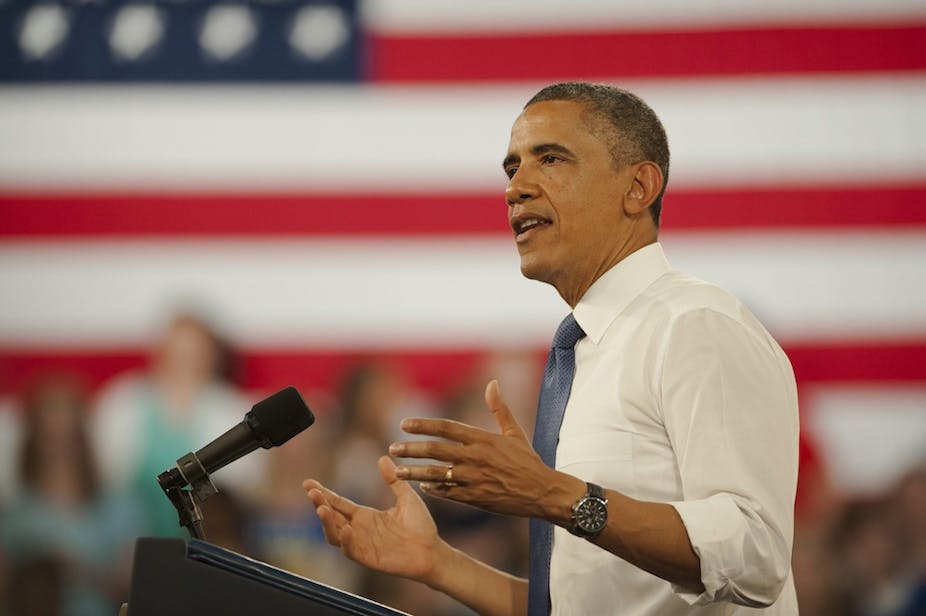Patents may have once seemed like a good idea. At least it seemed that way to the Venetians, who in 1474 declared the publication and protection of the “works and devices” of “men of great genius” would encourage others to apply their genius and ultimately benefit their society as a whole.
This noble idea may have had a place in the Italian Renaissance, but wind forward 539 years and we have a patent system infested with “patent trolls” and seemingly endless disputes between software and technology companies expending billions of dollars over ideas that involve neither genius nor benefit to society.
Far from its original ideals - and rarely living up to the rhetoric used to describe the ideas they contain - the patent has become a financial commodity in its own right, a legal weapon to block rivals or extort money from individuals and businesses that have no capacity to challenge their validity. Google’s purchase of Motorola for $12.5 billion was mostly for its patents. Google intended to use the patents to defend Android against potential legal attacks from companies such as Apple.
Out of the current patent environment, companies like Personal Audio have emerged. Granted a patent that covers the process of podcasting audio, the company is a shell, effectively run by lawyers. The granted patent describes a process whereby “a host system organises and transmits program segments to client subscriber locations”. It is like many patents used by “patent trolls”, so broad as to be ridiculous in its claims.
However, that hasn’t stopped the company from using the patent to extract licenses from podcasters and companies like the NBC and CBS. Personal Audio has previously sued Apple over the use of playlists in iTunes and had won $8 million in penalties, and so the potential gains are enormous.
In another case, a patent troll issued license claims of between $900 and $1,200 per employee, on companies using networked document scanners.
Recognising the problem, US President Barack Obama has announced reforms to the US patent system to combat the dramatic rise in legal claims from Non-Practising Entities (NPEs). Although the measures will go part-way to making it more difficult for NPEs to litigate over patent claims, they do not address the fundamental issue of whether the patents should have been granted in the first place and the testing of their validity in a court of law.
In fact, there are those who argue that we would be better off without a patent system at all. Some research using a computer simulation has found no benefit from the patent system on increasing levels of innovation or wealth. In another study researchers found further evidence that invalidated patents led to increased levels of innovations compared to those that were upheld, especially in the areas of computers and technology.
Looking at software patents in particular, it is easy to see why they may not be a spur for innovation. Claims by Apple, for example, that its user interface design feature “slide to unlock” cost millions to develop is clearly absurd. Likewise, visual interface effects like bounce-back on tables.
Unfortunately, the situation with patents is almost impossible to resolve. The power of patents resides only with those companies with the resources to enforce their claims via the courts. Patents themselves are expensive to file, especially if they are filed in jurisdictions around the world, and so filing a patent for defensive purposes is again only an option if you are a company that can afford it. Certainly the most that can be hoped for is fundamental reform of the system, particularly in the US. The US Federal Trade Commission has recommended measures that allow for patents to be challenged without resort to the courts, especially in the area of providing that the invention was not original and that prior art existed.
Further complicating the whole issue of patent reform is the still entrenched view that patents can represent true innovation and genius in the original sense. This is presumably the idea behind the use of patents by the Australian Research Council as an indicator of research impact. The ARC has used patents as one of the measures of research impact in their ERA research assessment exercises conducted in 2010 and 2012. Interestingly though, the number of patents involved is quite small. In the six years between 2006-2012 Australian universities registered 781 patents. This compares to the University of California who in 2011 alone published 277 patents.
Following on from this is the controversial patent case involving the CSIRO. Commentators accused the CSIRO of being a patent troll where it successfully sued technology companies over its patent covering elements of the 802.11 wireless network standard. This was estimated to have made the CSIRO $430 million. Although it was never involved in the production of any equipment that implemented this standard, one could possibly argue that CSIRO had engaged in research that led to the patent, thus creating true innovation.

